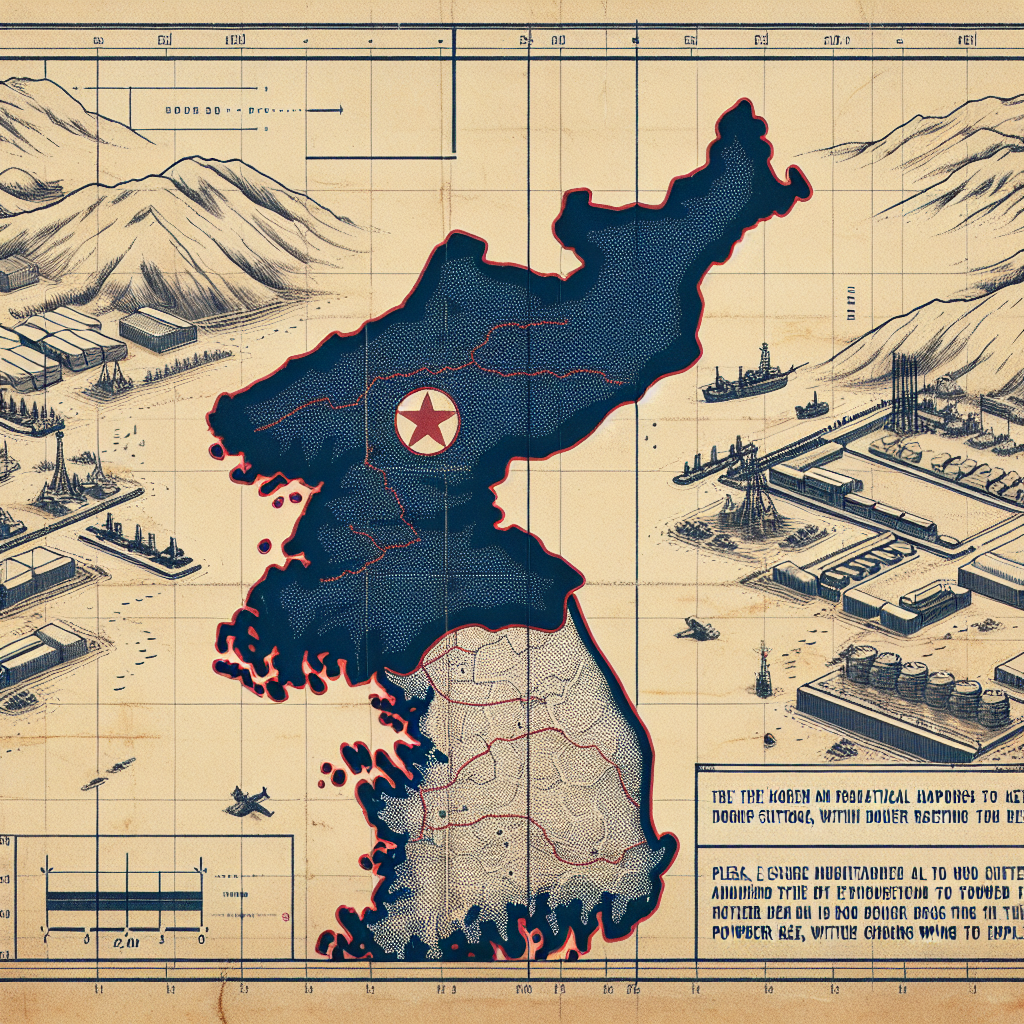Imagine being separated from your family by a swath of land where peace hangs by a fragile thread, unravelling for decades, yet still persisting against all odds. Welcome to the Korean Demilitarized Zone (DMZ), a strip of land that has seen an uneasy truce since the end of the Korean War in 1953. Situated along the 38th parallel, this place is where North and South Korea watch each other warily across a mere span of four kilometers, underscoring a conflict rooted in ideological differences that could flare up at any given moment.
Understanding the Korean DMZ means grasping the intricate tapestry of history, politics, and human stories. North Korea, led by a series of leaders from the Kim dynasty, has taken a path of autocratic governance and isolation, while South Korea evolved into a dynamic democracy, embracing openness and global economic integration. The "Zone" was established in 1953 as part of an armistice agreement. It was never meant to be a permanent fixture, yet it stands today as a deeply symbolic, militarized scar on the Korean peninsula, representing unresolved tensions. For the people living close to this boundary, the DMZ is not just a geographical marker but a daily reminder of the past and potential fears of war.
Life near the DMZ paints a picture that is both surreal and hopeful. Villages like Daeseong-dong within the DMZ are strange anomalies where normalcy coexists with high alert. Here, residents live under constant security protocols but also maintain relatively normal lives— farming, schooling, and even building community—all under the watchful eyes of both North and South Korea's military forces. Tourism has gained a foothold here, too, as visitors catch a glimpse into this tense yet fascinating convergence of two worlds.
Today's geopolitical tension echoes throughout this area, with frequent skirmishes, defector stories, and political standoffs. North Korea’s nuclear ambitions add extra credence to these fears. Talks of de-escalation fluctuate with international relations. High-profile summits between North Korean leaders and Western powers, including former US President Donald Trump’s meetings with Kim Jong-un, touched off waves of cautious optimism. However, progress often stumbles over mutual distrust, differing ideologies, and the shadow of aggressive posturing.
From a liberal perspective, the approach towards reunification and peace in Korea heeds the interests of humanitarian values over military might. Yet, it’s crucial to recognize the legitimacy of security concerns held by those wary of North Korean intentions. Acknowledging both humanitarian tension and fear-induced militarism creates a robust dialogue on how to defuse conflict. Empathy for the people's desire to reunite families long separated by the DMZ fuels a clearer vision beyond Cold War-era policies.
For Gen Z, whose view spans beyond conventional borders, the Korean DMZ serves as testimony to conflicts' drawn-out consequences. Information flows unlike ever before, and social media facilitates global empathy, allowing young minds to understand and influence conversations around such issues. Understanding the Korean conflict today requires acknowledging its history and being part of shaping its future. On both sides of the Korean peninsula, people remain caught between legacy struggles and aspirations for a future that’s continually out of reach but never completely abandoned.
Peace in the region means navigating between past grievances and future possibilities. For those living in proximity to the DMZ, the zone's threat is a stark reality, but so are their dreams of peace and unity. Reducing tensions is complex but essential, demanding contributions from all global citizens, including the rising generation willing to question and act upon the world they are inheriting. Perhaps Gen Z will tip the scale in favor of ongoing dialogue and cooperation, reaching beyond their digital narrative into real-world reconnections.
The Korean DMZ is a paradox in every sense— a place where time seems to stand still while the rest of the world moves on. Yet, within this inertia lies untapped potential, waiting for momentum. For the youth today, grasping the scope of the conflict is about more than understanding an artifact of history; it’s about reimagining a storyline with new chapters of reconciliation and unity.

